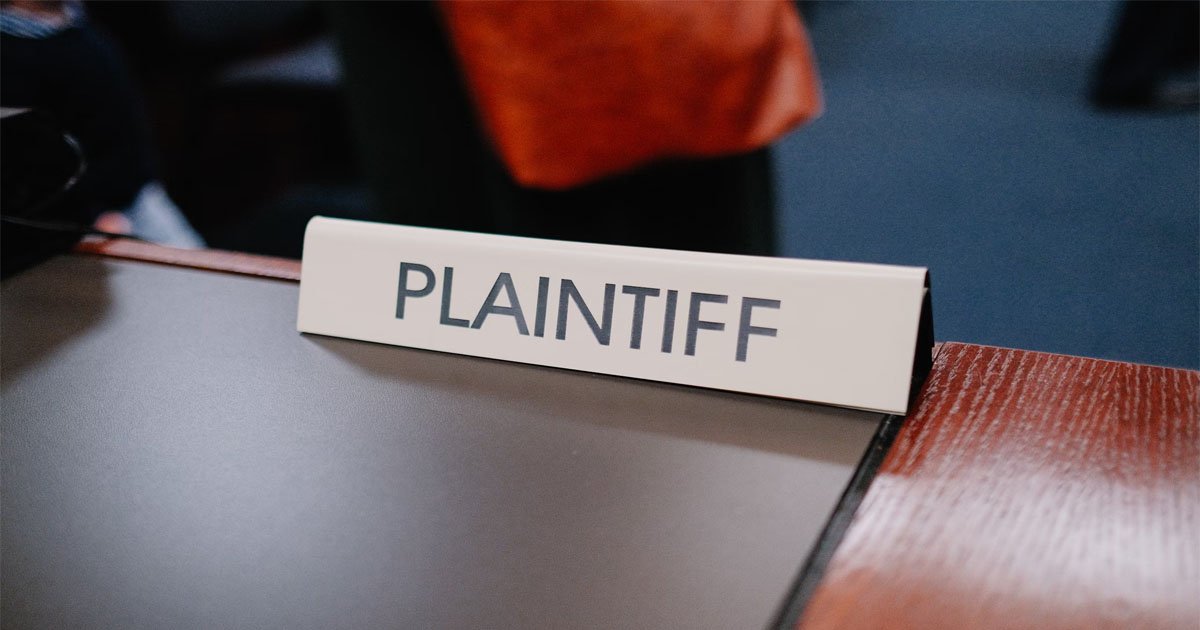In the fight against fires, aqueous film-forming foam, or AFFF, has been an essential tool. It is used to put out fuel fires in industrial locations, military bases, and airports. However, PFAS and other chemicals in AFFF have sparked worries about the environment and human health.
The environmental persistence of PFAS is well-known. It may also be connected to a number of health problems, such as cancer. Individuals impacted by AFFF have filed more cases as awareness has increased. If you think you may have been affected by AFFF, there are a few important actions you need to take in order to find out if you have a case.
Understanding AFFF and Its Health Implications
AFFF contains PFAS, often referred to as “forever chemicals”. According to the National Library of Medicine, AFFF used for fires historically contained long-chain PFAS like PFOA and PFOS. These have been connected to health outcomes, such as cancer. As per reports, the evidence indicates that these can also induce kidney and testicular cancer.
These substances have the potential to contaminate sources of drinking water. It results in additional health hazards like:
- Immune system effects
- Thyroid Disease
- Reproductive issues
Given these severe health implications, individuals affected by AFFF can take legal action. They can file it against the manufacturers and users of these foams.
Steps to Determine if You Have a Valid AFFF Lawsuit Case
1. Identify Exposure Sources:
As stated by ScienceDirect, most firefighters face exposure to long-chain PFAS in Class B AFFF. It leads to elevated serum levels. Due to PFAS’s persistence and bioaccumulation, firefighters experience latent and cumulative health effects. It happens due to long-term exposure throughout their careers.
Finding out how and where you were exposed to AFFF is the first step. Typical exposure points are:
- Living near or working at military bases, airports, or sites where AFFF was used.
- Consuming drinking water contaminated with PFAS.
- Working as a firefighter or in roles involving frequent use of AFFF.
2. Gather Medical Evidence:
According to TorHoerman Law, medical documentation is crucial. It is necessary for establishing a link between PFAS exposure and health issues. This includes:
- Medical records detailing illnesses such as cancer, thyroid disease, or immune system disorders.
- Statements from healthcare providers indicating a possible connection between your condition and PFAS exposure.
Another reason you need your medical documentation is that it can help determine the AFFF lawsuit settlement amounts in most cases. The compensation amount greatly depends on your medical bills. Additionally, factors like lost wages, pain and suffering, and other damages add to the settlement value.
3. Document Environmental Evidence:
Evidence of environmental degradation is vital. This can include the following:
- Water testing results show elevated levels of PFAS.
- Reports or studies are linking local AFFF use to ecological contamination.
- Historical data indicating long-term use of AFFF in your area.
4. Consult Legal Experts
Given the complexity of PFAS litigation, consulting with an attorney is essential. An expert attorney will help you:
- Know the strength of your case based on available evidence.
- File AFFF lawsuit
- Identify potential defendants, such as AFFF manufacturers or entities responsible for its use.
- Navigate the legal process, including filing claims and representing you in court.
5. Follow the Statute of Limitations:
The statute of limitations can be defined as the time limit one has to file the AFFF lawsuit. According to Forbes, while personal injury lawsuits usually have a four-year statute of limitations, most states allow exceptions for undiscovered conditions. Even if you recently learned that you had cancer, you may still be able to file a lawsuit. You can comprehend and meet these deadlines with the assistance of an attorney.
6. Join Class Action Lawsuits:
A lot of lawsuits related to AFFF have been filed as class actions. It enables several plaintiffs to pool their claims against similar defendants. Participating in a class action lawsuit can:
- By combining resources and evidence, you can make a stronger case.
- Boost the likelihood of a successful settlement or verdict.
- Reduce individual legal costs.
FAQs
1. In AFFF litigation, are firefighters the sole plaintiffs?
Not all plaintiffs in AFFF claims are firefighters. In addition, plaintiffs include airport employees, former and current members of the armed forces, and workers in the chemical industry who were exposed to AFFF while on the job.
2. Should I bring an AFFF case even though I haven’t received a cancer diagnosis?
If you are not a cancer patient, you are not eligible to participate in the AFFF litigation. The plaintiffs, in this case, have to have been diagnosed with cancer. Also, they have to prove how they have been exposed to substances that may be carcinogenic.
3. When can I expect to receive my compensation after filing the lawsuit?
There are differences in the time frames for getting paid after suing. It relies on things like the intricacy of the case, the discussions, and the courtroom actions. In general, it may take months or even years to finish.
Examine exposure, health impacts, and legal issues to determine whether an AFFF claim is legitimate. Take careful notes and consult a lawyer. Compensating those harmed by PFAS exposure requires in-depth knowledge and professional advice.
Must Read: LASÉE: YOUR MANUAL FOR ENDURING STYLE AND SIGNIFICANCE



